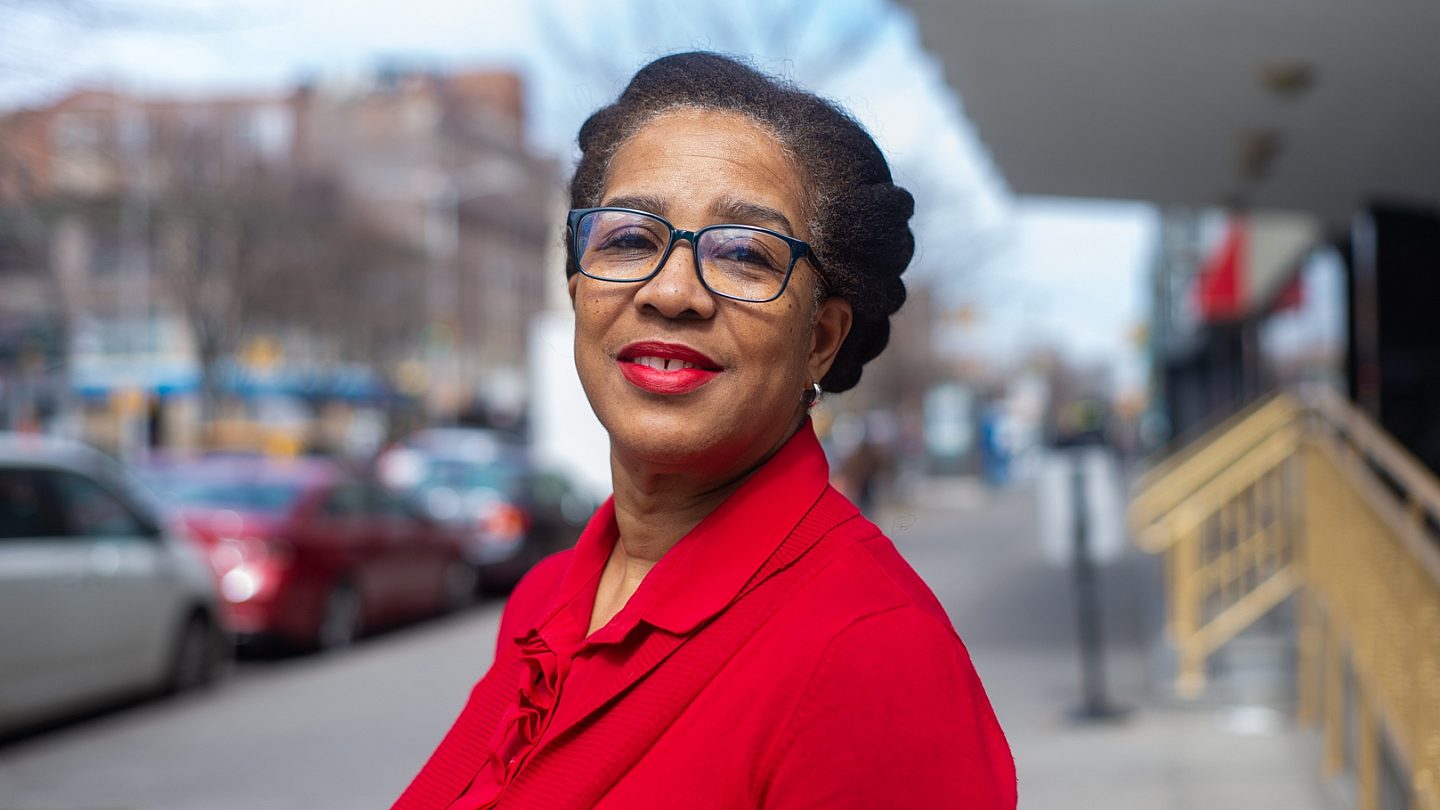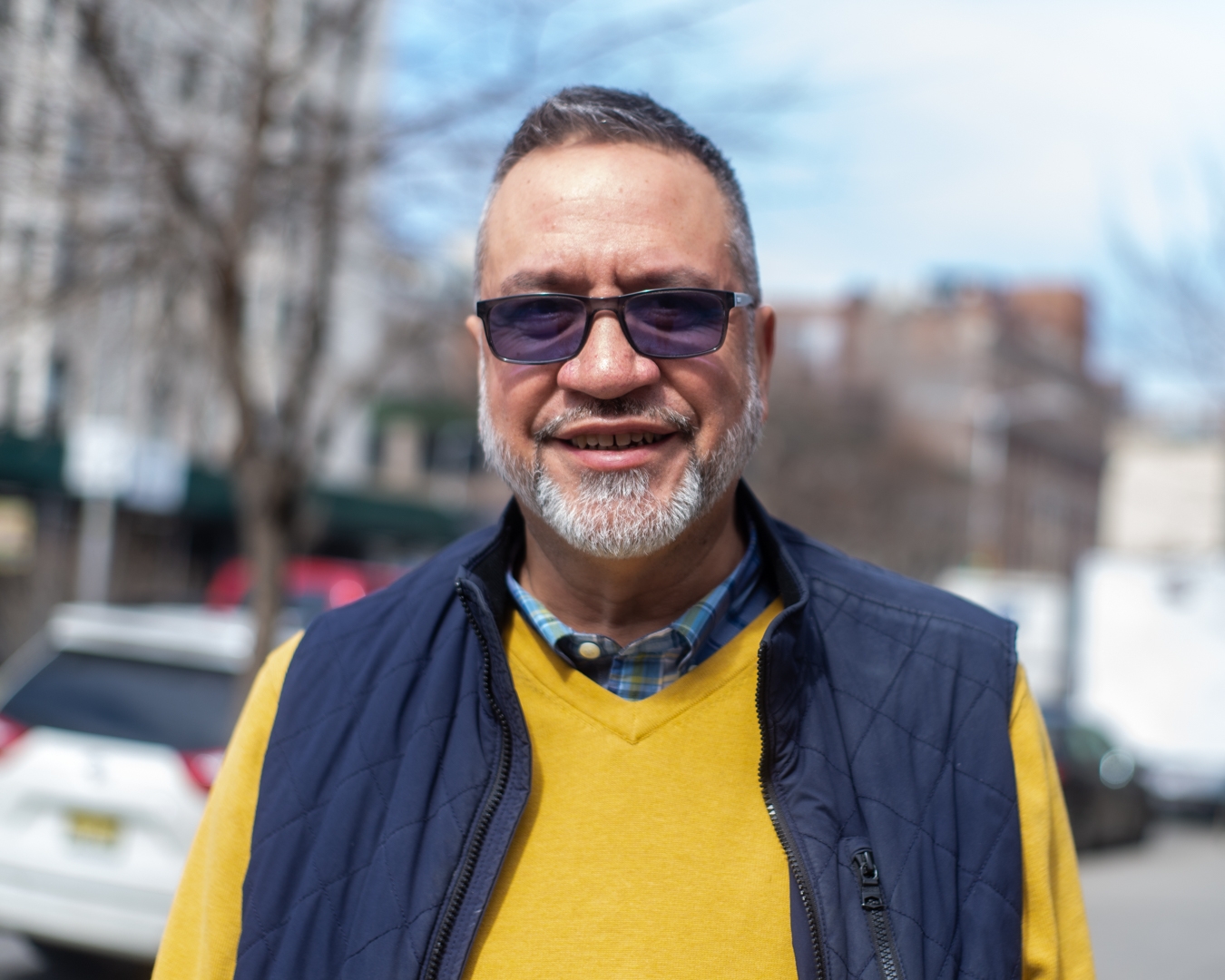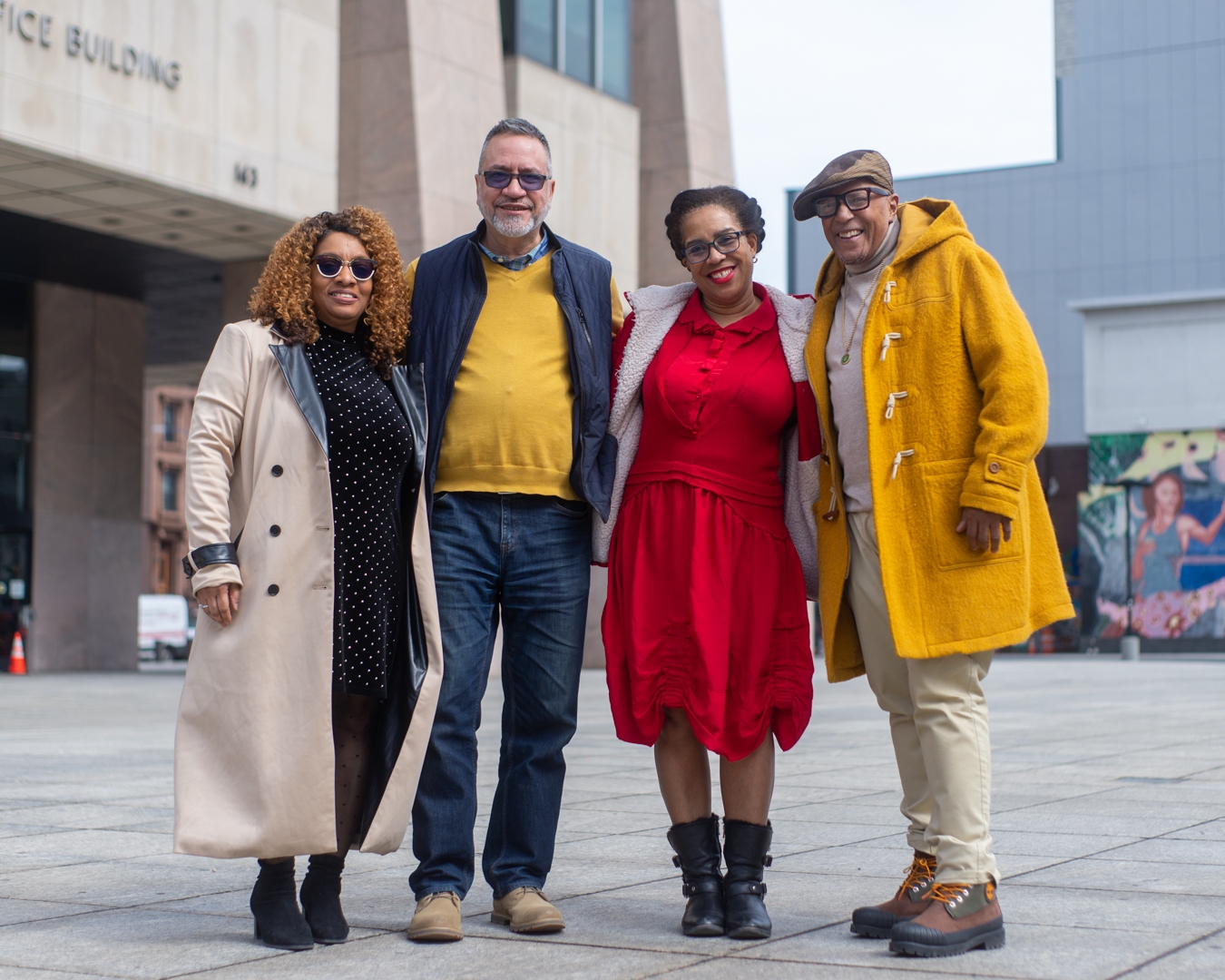March 2023
Supporting and strengthening family connection: Osborne’s Kinship Reentry Program
Launched in July 2021, the Kinship Reentry program provides up to a year of financial and social support to a head of household with a relative returning home, in contrast to most programs serving only the person being released.

Many families yearn to provide a home for their loved ones after years of painful separation due to incarceration. To address financial, emotional, and other factors in this decision, Osborne and funder Trinity Wall Street are piloting Kinship Reentry, a unique program launched in July 2021. It is already proving that with modest resources and tailored support, the people most invested in an individual’s reentry success – their families – can be a stabilizing source of support and safe housing when it matters most.
Kinship Reentry provides up to one year of financial and social support to a head of household with a loved one returning home. In contrast to reentry programs serving only the person being released, Kinship supports both the family and the loved one being housed. Research has long demonstrated that a strong support network and stable housing are among the most predictive factors of a person’s successful reentry. Osborne staff are now partnering with 100 families, adapting to the needs of each one. Some get connected with therapy; others need assistance applying for public benefits, finding a local food pantry, or using Access-A-Ride. Ensuring that housing is safe and affordable is a focus for all, whether that means staff stepping in to negotiate a new lease or advocating with a landlord to bring a building up to code.
Stable housing is crucial to breaking cycles of incarceration. At a time of ever-higher rents and inadequate public options, families often provide the best solution for housing. Kinship Reentry makes use of existing housing, rather than requiring that new housing be built or expanding the shelter system. Addressing the underlying challenges that may discourage them from offering space to relatives coming home, and the returning loved one from asking for help, are a focus of this promising and affordable model.
“Communication is the wedge,” says Simone Bowman, Program Manager. “When I don’t have the resources to contribute, how do I say, can I stay with you?”

Valerie Donaldson prepared in many ways to welcome her son home, including through financial literacy training that shed light on credit scores and savings strategies. When Jorge Ayala’s son first came home, he insisted on wearing shower slippers against Mr. Ayala’s wishes, causing tension. But during a home visit, staff explained this was a common practice in prison to avoid infection, helping resolve the conflict by revealing its emotional roots.
Today, Ms. Donaldson’s son lives with his girlfriend nearby, and visits often. Mr. Ayala’s son is pursuing a career as a social worker. These and other successes suggest that far more effective and less expensive interventions are possible by tapping the strengths of families and supporting reunification.
Ms. Donaldson says it best: “After incarceration, to be able to see your child’s face every morning and see him come every night – it’s a blessing.”
